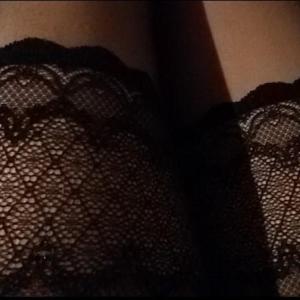Hey, you need to log in to join a group.
If you don't have an account yet, then register for free!
If you don't have an account yet, then register for free!
Description
Hier findet der Austausch über unsere Vorliebe zu Nylonerotik statt
Alle geschlechter willkommen

In Nylons und 10cm Heels Outdoor
-

-

-
 +2
+2
LikeToniffm, Ich-1208, blnbibaerand 5 more…

E-ROT-isch 😉👉👌💦💦
Likechriss2803, phosy, blnbibaerand 3 more…

Gut bestückter Mann sucht in Raum Uelzen Umgebung bis 70 Kilometer eine Frau in Sexy Duft Nylon und Leggings zum richen und darauf spritzen und Sex ohne Ende auch intresirtes Paar kann sich melden Wo Sie Sexy Sperma beflekte Duft Nylon und Leggings tragen tut und Wo Man mit machen kann nur keine Scheu tref Garantie bei echten Interesse.
Likephosy

Nylonarsch
Likephosy, blnbibaer, aragon616and 4 more…

Guten Morgen unsere Liebhaber
Likephosy, blnbibaer, swet34and 4 more…

Gesundes neues Jahr 2026
Likeblnbibaer, Wienerschnitzel6, sheerbra2and 9 more…

Wünsche euch allen ein frohes neues Jahr 2026.
Likeblnbibaer, swet34, Scorpy72and 12 more…









































